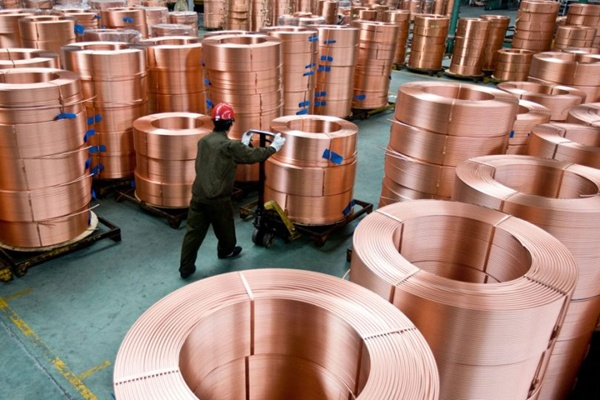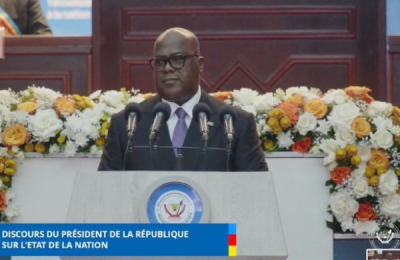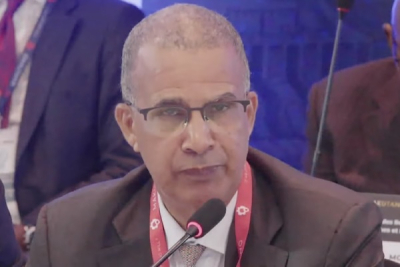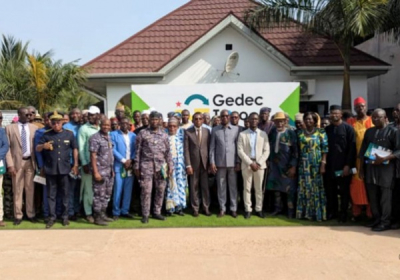Chinese mining group CMOC announced it has received board approval to proceed with a $1 billion expansion project at its Kisanfu mine in the Democratic Republic of Congo (DRC), according to the company’s third-quarter financial report published on October 24, 2025.
The development is expected to take two years, with commissioning scheduled for late 2027.
Once operational, the project will boost Kisanfu's copper production capacity by 100,000 tons, bringing the total annual output to more than 250,000 tons. When combined with the Tenke Fungurume mine’s capacity of over 450,000 tons, CMOC’s total copper production in the DRC is set to exceed 700,000 tons per year.
This substantial investment aligns with a favorable market outlook for the red metal. Global copper demand is projected to rise due to the accelerated pace of the energy transition and the boom in artificial intelligence. The International Energy Agency (IEA) estimates that supply from current mining projects will be insufficient to meet future demand, forecasting a copper supply deficit of up to 40% by 2035. This prospect guarantees sustained price appreciation for the metal.
All of CMOC's current copper production originates from the DRC. For the first nine months of 2025, the group reported producing 543,376 tons, marking a 14.1% increase from the same period in 2024. Over the same nine months, sales volume rose 10.5% year-on-year to 510,312 tons.
These sales generated revenue of 38.6 billion yuan (approximately $5.3 billion at the average exchange rate), a 25.6% increase from a year earlier, with an average realized price of $10,409 per ton.
However, these strong commercial results were largely offset by a 21% surge in operational costs, which climbed to 17.7 billion yuan ($2.4 billion). Consequently, the company’s gross profit margin only increased by 1.7%, settling at 20.9 billion yuan ($2.8 billion). This outcome suggests that the corporate tax revenue received by the Congolese state may see little to no increase.
Pierre Mukoko










